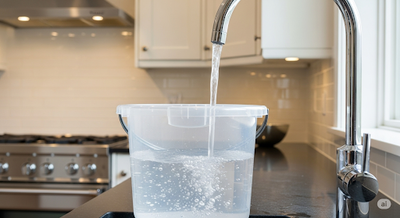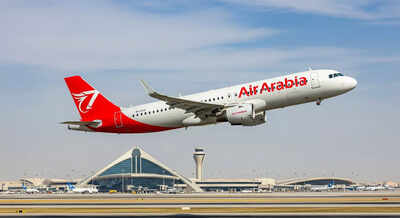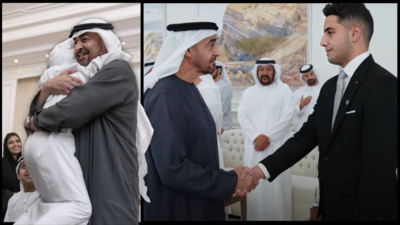TL;DR:
- DEWA replaced gallons with cubic meters for water billing in March 2025.
- The change aligns with global standards and simplifies consumption tracking for residents. Summer months typically cause about 18% surge in water usage in the UAE, making this metric shift especially timely.
- No change in water tariffs, only the measurement unit is different.
Dubai’s ongoing efforts to improve sustainability and transparency took a notable step in March 2025, when the Dubai Electricity and Water Authority (DEWA) transitioned its water billing units from gallons to cubic meters. While initially seen as a technical tweak, the change is proving particularly useful now, as residents face the UAE’s hottest months when water consumption spikes. According to the Dubai Supreme Council of Energy’s 2025 Mid-Year Review, water usage in the emirate typically increases during summer (June to September) due to higher demand for cooling, irrigation, and personal use. This makes the cubic meter-based billing system a timely tool for both locals and expats trying to better manage costs and consumption.
Why Did DEWA Make the Switch?
The switch to cubic meters was officially announced by DEWA in March 2025, aligning Dubai’s utility billing with global norms where cubic meters are the standard metric unit for water measurement. The earlier system based on imperial gallons often confused residents unfamiliar with non-metric measurements. One cubic meter equals 1,000 liters, roughly 220 imperial gallons, providing a clearer and more relatable unit for residents who wish to monitor and adjust their consumption patterns.DEWA emphasized that the change aims to enhance transparency, simplify billing, and support sustainability goals set under Dubai’s Clean Energy Strategy 2050.
Has Pricing Changed?
Despite the unit shift, DEWA has confirmed that tariff rates remain unchanged. Consumers are paying the same per cubic meter as they previously did per the equivalent gallon-based metric. This was clearly outlined in DEWA’s official statement on the change. The update is administrative, aimed at measurement clarity rather than cost increase. The tiered pricing system based on slab consumption continues as before, with higher usage resulting in higher per-unit charges.
Summer Water Consumption in Dubai
Summer in the UAE sees a considerable uptick in resource consumption, particularly water. The Dubai Statistics Center’s 2024 Annual Report noted that water consumption typically rises by 18-20% during summer months, driven by air conditioning cooling systems, gardening, and increased household use. This trend has already been observed in June and July 2025, where DEWA’s smart meters have recorded above-average usage compared to earlier in the year, as per DEWA’s internal consumption bulletins shared in June 2025.
How Residents Can Track Their Usage
To help residents stay informed, DEWA offers the Smart Living Program via its smart app, where users can:
- View daily, weekly, and monthly water usage.
- Receive alerts on unusual consumption spikes.
- Compare usage against similar households.
Since the shift to cubic meters, these tools have become more intuitive for residents who were previously unfamiliar with gallon-based measurements.
A Regional Comparison
Dubai is not alone in adopting cubic meters. In the wider GCC region:
- Abu Dhabi’s ADDC (Abu Dhabi Distribution Company) uses cubic meters for water billing.
- Saudi Arabia’s National Water Company also uses cubic meters.
- Qatar’s Kahramaa follows the metric system.
- Bahrain, however, continues to use gallons, though a news report from June 2025 indicates that a switch to cubic meters is under consideration for 2026 to standardize measurements across the region.
Why Measurement Matters
Switching to cubic meters is not merely a bureaucratic update, it helps residents make international comparisons, better understand their environmental footprint, and align with Dubai’s 30% water use reduction target by 2030, part of the Dubai Clean Energy Strategy 2050. As sustainability and climate resilience become priorities, particularly in water-scarce regions like the Gulf, empowering residents with transparent metrics can help curb overconsumption. While DEWA’s switch from gallons to cubic meters may have seemed like a quiet policy update back in March, its practical benefits are clearer today as Dubai faces peak summer demand. With clearer units and smart monitoring tools, residents are now better equipped to track and control water use, aligning personal utility savings with broader environmental goals.






